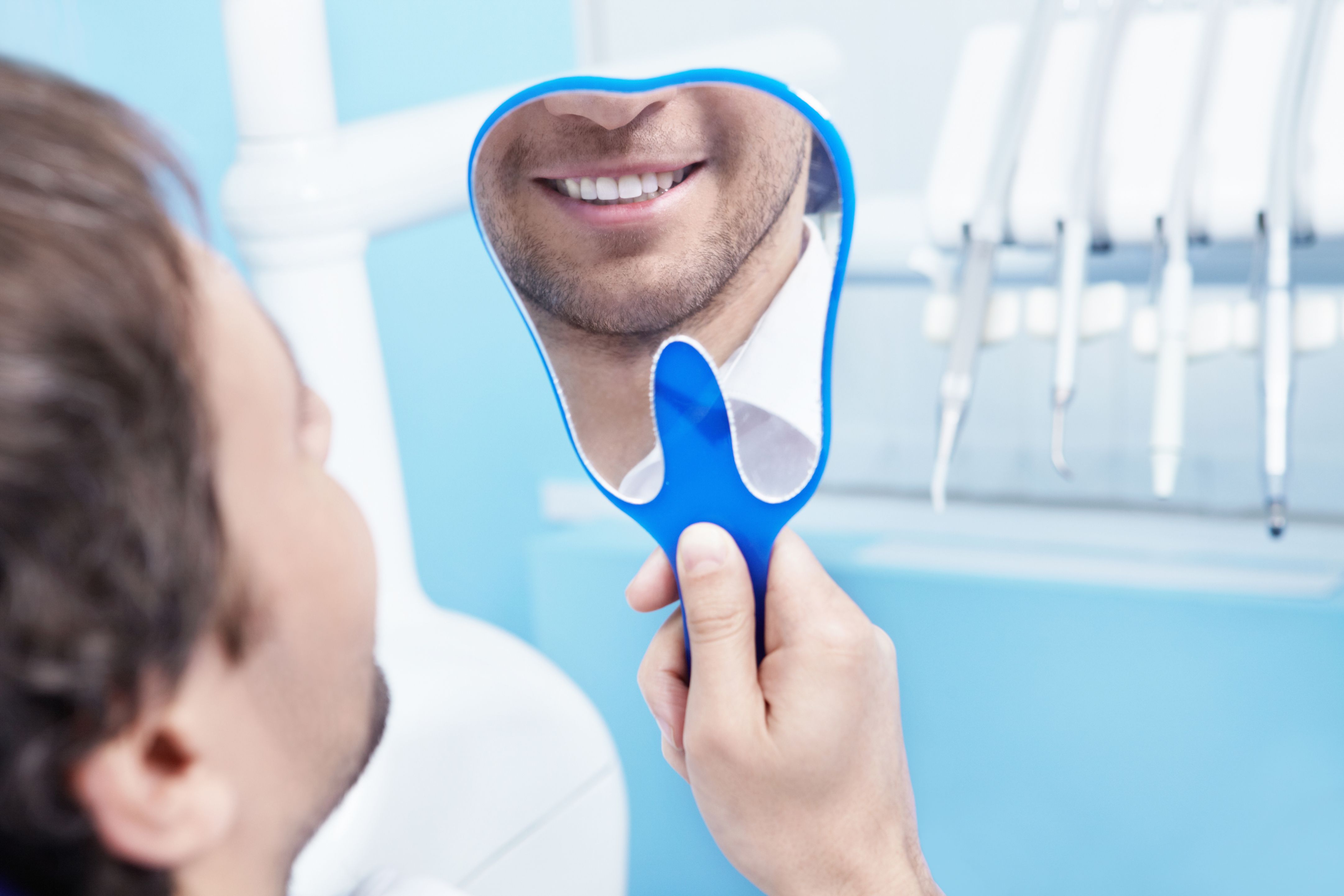Orthodontics FAQ
 Crooked, crowded, and misaligned teeth can make the smile look less than perfect as well as increase the risk of oral health problems. Orthodontics can correct alignment issues to create an attractive, straight smile.
Crooked, crowded, and misaligned teeth can make the smile look less than perfect as well as increase the risk of oral health problems. Orthodontics can correct alignment issues to create an attractive, straight smile.
It’s common for patients to have many questions when considering orthodontic treatment. The dentists of Fairfax Family Dental Care would like to take a moment to highlight some orthodontics FAQ answered at their Fairfax, VA, practice.
What Is Orthodontic Treatment?
Orthodontic treatment is used to treat issues with the bite and alignment of the teeth by gently moving the teeth through continually applied pressure. This can be achieved through the use of traditional metal braces, headgear, clear aligners like Invisalign®, and other orthodontic treatments.
What Conditions Can Orthodontics Treat?
Orthodontics can treat a wide range of dental alignment issues for our Fairfax patients. Some common conditions treated with orthodontics include:
- Crooked teeth: Teeth that are crooked, twisted, or rotated can be straightened with orthodontics.
- Gapped teeth: Gaps between the teeth that affect speech, cause the other teeth to become misaligned, contribute to crowding, or are simply an aesthetic concern may be treated with orthodontics.
- Overcrowding: When the teeth are overcrowded, they may become crooked, overlap, or stick out. Orthodontic treatment may be paired with dental extractions to treat overcrowding and straighten the smile.
- Teeth grinding: Teeth grinding is sometimes caused by teeth that aren’t properly aligned. Treating teeth grinding caused by misalignment with orthodontics can help protect the teeth and alleviate conditions related to teeth grinding, such as temporomandibular joint (TMJ) disorder.
- Alignment issues: Orthodontics is highly effective at treating alignment issues, including underbites, open bites, crossbites, and overbites, to improve both the appearance of function of the teeth.
What Age Should Orthodontic Treatment Start?
It’s best to start orthodontics during childhood as the jaw is more pliable than in adulthood, making it easier and faster to adjust the position of the teeth.
With that said, adulthood is not too late to undergo orthodontic treatment and is worth pursuing for adults who have bite issues and aesthetic concerns.
Does Orthodontic Treatment Hurt?
Some patients find orthodontic treatment somewhat uncomfortable after the initial placement of braces and after each adjustment. Over-the-counter pain medications are often sufficient to deal with any pain or discomfort during orthodontic treatment.
Additionally, the inside of the cheeks and mouth may be slightly irritated with the initial placement of braces but generally resolves as the tissues acclimate to the braces.
How Do You Care for Metal Braces?
It’s important for patients wearing metal braces to be thorough with their oral hygiene routine and practice proper care and maintenance of their braces. This will help keep the teeth healthy and looking their best during and after treatment. Some ways to care for metal braces include:
- Brush and floss regularly: It’s important to continue to brush and floss when wearing braces, with special care taken to clean around the braces’ wires and brackets. Special orthodontic brushes may be needed to properly clean the teeth.
- Avoid certain foods: Foods that can damage the braces or cause them to dislodge should be avoided. This includes such foods as sticky candies, hard candies, hard raw fruits and vegetables, and popcorn.
- Don’t skip regular dental exams: While those who undergo orthodontic treatment will have many appointments with their orthodontist, they will also need to have regular dental exams every six months to check for issues like gum disease or tooth decay.
Contact Fairfax Family Dental
For answers to your questions about orthodontics, call our Fairfax practice at (703) 385-0303 to schedule a consultation.


